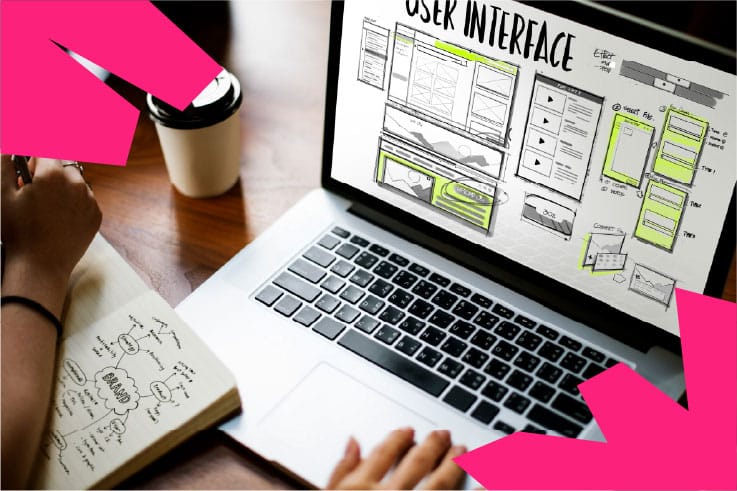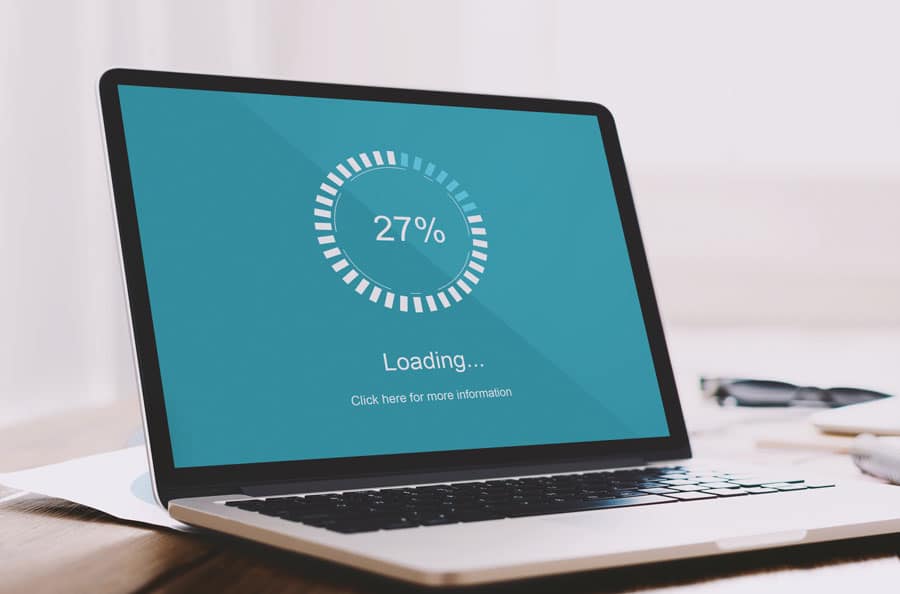
Found this article interesting?
If you would like personalized advice or have more questions, please contact us here.
User Experience Design: The Key to a Positive User Journey
By Jose Roman in Website Design

Two of the biggest issues that can plague your website are a high bounce rate and low click-through rate (CTR). A high bounce rate means the person lands on your site but quickly leaves (often within 15 to 30 seconds). A low CTR means they never clicked through to the next page. What is the result? In most cases, you didn't convert the reader into a customer. The best way to minimize these two problems is to create a positive user experience design (UX). You do this by understanding your audience, anticipating their expectations when they visit your site, and creating a platform that meets or exceeds their expectations. Below, we look at what UX design is and why it's important in web design. We'll also give you some pointers on improving user experience when potential customers visit your site. User experience (UX) design refers to how a user interacts with your website. It's about making sure the user journey is trouble-free, logical, and leads to the desired action—picking up the phone, filling out a form, or purchasing a product. Web designers consider several questions when trying to create an engaging and positive user experience: A web designer uses various elements to create an interactive experience that keeps the user going on their journey. They may add written content, internal links, images and videos, catchy titles, a navigation menu, and a call to action that hold the reader's attention and keep them wanting more. Imagine trying to find your way around a complicated, cluttered website. You're frustrated because you don't know what to do next. The links don't work. The product descriptions are too vague. The content doesn't tell you what the company actually does. You don't know where to click. Or you have no idea how to buy a product or sign up for a service. That's why a straightforward, easy-to-use UX design is paramount to your success. When the user experience design is bad, you lose customers who will inevitably go to your competition. A user-centered, simple, hassle-free design creates a positive, lasting impression long after the first visit. It fosters trust and confidence in your brand and your product. It drastically reduces bounce rates and improves click-through rates, ultimately leading to higher conversions. In other words, it increases your company's revenue, which is the endgame. And don’t forget that when happy users return to your site time and again, it’s great for your website’s SEO performance! Here are some quick tips on how to improve your user experience design: Before proclaiming, "All systems go!", You need to check and recheck your website for errors. This is an all-hands-on-deck endeavor that involves everyone from the designer and editor to the project manager, account manager, and website owner. Try to set up a QA process or a system of checks and balances at every stage of development and design, including post-publication. Some common errors include slow page load times, poor mobile responsiveness, complicated navigation, too many distractions, and grammar/spelling mistakes. A common mistake in web design is thinking that everything everywhere all at once needs to be on a web page. However, this often does more harm than good, confusing or over-stimulating the readers. Remember, the brain can only handle so much. So, you'll need to prioritize your graphics and message. Refine the design with these tips: White space may be one of the most important elements of your web design. It may not be as appealing as vivid color schemes or stunning graphics, but that's the point. You need a basic background so that your other visuals pop. Use white space in your web design to improve readability, create a visual hierarchy, enhance aesthetics, and provide a better user experience. White space helps organize content, guides the viewer's focus, and prevents overwhelming or cluttering the page. There are only five things that readers want to know when they visit your website: If you don't provide the items above, your client will have too many questions. If you provide more content than needed, you'll go off-message and lose the reader's interest. This is especially true in a mobile-driven culture. Alignment enhances readability and, more importantly, scannability by organizing content into logical structures. The page is easier for users to navigate and consume information, leading to a better overall user experience design. When aligning the content and graphics, be aware of your page margins and layout grid. Maintain consistent spacing and alignment across pages and breakpoints so that everything is cohesive and balanced. For designers, you can use multiple tools and codes to ensure everything is aligned just the way you want it. The key to getting a user across the finish line in their journey is to create the clearest path to the desired action. A clean, user-friendly, error-free site with easy navigation will help you achieve your goal and improve your user experience design. If you need help with your website, contact Tagline Media today! One of our Tucson web design experts will guide, advise and help you to improve your website's user journey.How to Capture and Keep Your Audience With an Engaging, Hassle-Free Website Design
What Is User Experience Design?
Why Is User Experience Design Important to Your Website?
5 Tips That Drastically Improve Your Website's User Experience
1. Make Your Site 100% Error-Free
2. Keep the Website Super Simple
3. Use White Space to Fine-Tune the Viewer's Focus
4. Write Clear, Valuable Content
5. Align Your Design Elements Properly
Conclusion
Still have questions or specific needs? we're ready to assist! Reach out to us for personalized advice and solutions tailored to your business.



